Monsoon Valley was founded in 2001 by Chalerm Yoovidhya, a wine-loving entrepreneur with a vision to create a Thai wine culture. Upon returning from his studies abroad, Chalerm saw potential in growing grapes in his beloved native Thailand and set out to show the world that great wines can be crafted even at the 13th latitude of the northern hemisphere.
His first vineyard was at Tab Kwang, in beautiful Khao Yai, a region known as the ‘traditional’ grape-growing region of Thailand. Surrounded by national parks and jungle, the choice for this area was perfect as the fertile red soil and convenient climate conditions created the best platform for making opulent and rich Shiraz. After initial success in Tab Kwang, he explored other areas of Thailand that would give birth to great wines.





